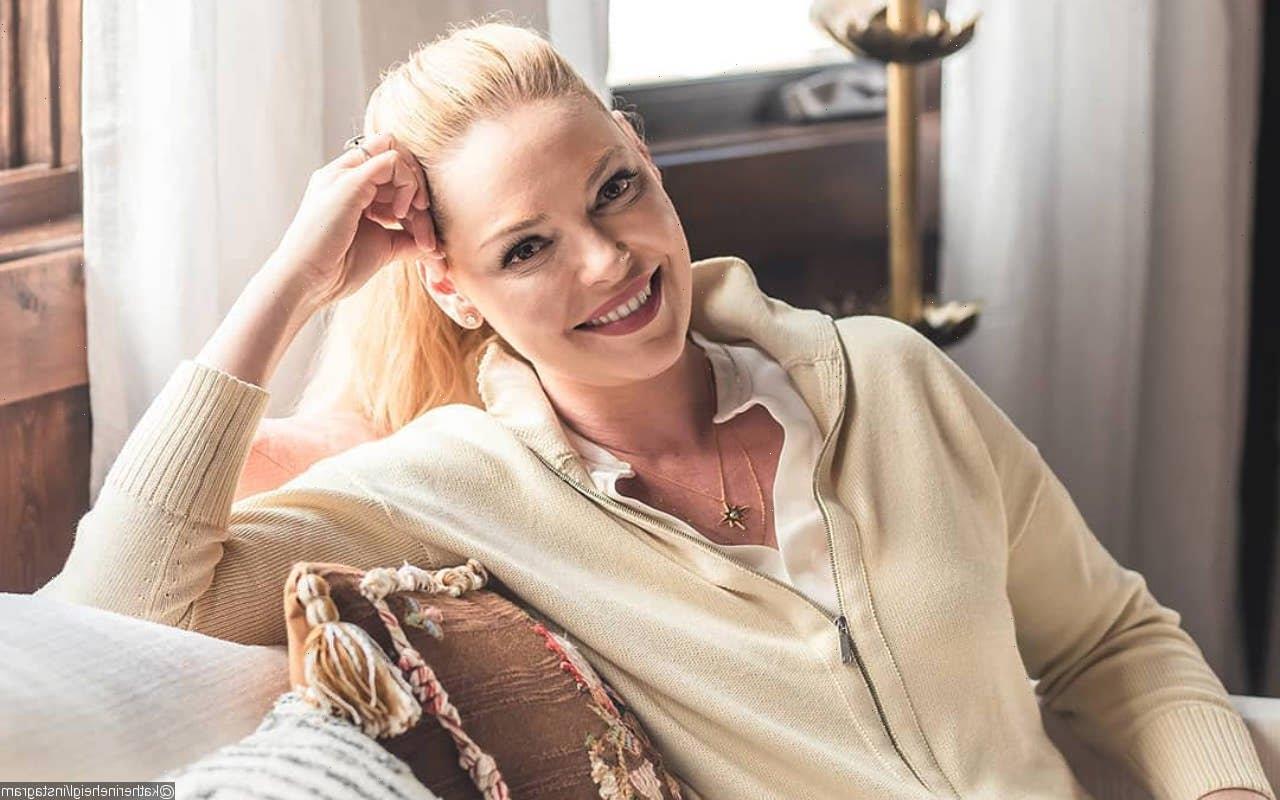Where art and science meet, there is beauty in horror. An abstract, heart-shaped image suggests the tissue of love – in reality, it is the atomic structure of one of the COVID-19 virus’ proteins.
For its latest Art of Science competition and exhibition, the Walter and Eliza Hall Institute (WEHI) has created a virtual online space. You enter an airy, light-filled gallery of 25 microscopic wonders discovered by researchers investigating diseases, parasites, and the intimate structures of our body.
To a jaunty Vivaldi soundtrack (provided by the Melbourne Symphony Orchestra), jiggling white “neutrophil” blood cells explosively self-destruct, bursting into fluffy balloons of sticky DNA in the hope of trapping a passing pandemic pathogen.
Opposite, blue waves combine and swell in an abstract poster. It’s a scan of the part of our genome that may leave us susceptible to degenerative eye diseases.
Nearby, a delicate, crystalline butterfly unfolds its wings: made of bunched Toxoplasma parasites that infect a human cell. Each ‘mother’ parasite nurtures two babies within her; she will die when they emerge and head off to inflict muscle pain, fever and headache.
“Toxo is such a beautiful parasite,” says Stefanie Bader, a PhD candidate working at WEHI who describes herself as a “microscopy and cell death enthusiast”. With a near-maternal joy she points out the little yellow dots in some invaders, a thousandth of a millimetre across: “Those are like the little heads of the baby parasites”.
An image of Toxoplasma parasites reproducing inside a host cell.Credit:Stefanie Bader/WEHI
Bader is now working on SARS-CoV-2, aka COVID-19. She wants to understand how it – and other pathogens and parasites – interacts with our immune systems, how they sometimes trigger an overreaction in our defence systems as dangerous as the infection itself.
But along the way, she loves to stop and take in the scenery.
“Sometimes I’m just sitting at my microscope and I just realise how beautiful it is, what I do,” she says.
This year’s competition is being judged by fashion designer Lisa Gorman, who studied nursing and worked at The Royal Melbourne Hospital before switching to fashion.
This red heart depicts the atomic structure of a COVID-19 virus protein. The white cluster inside it is a drug-like molecule that prevents the virus from replicating.Credit:Dr Marija Dramicanin, Associate Professor Peter Czabotar and Ahmed Wardak/WEHI
The attraction of the images is “deeper than the aesthetic” appeal, she says. “There’s intrigue around what you’re seeing, what you’re experiencing, and what it’s made of.
“Beauty is definitely held within these works.”
The colours in the images are added by researchers to draw out information and structure. The neon aesthetic resonates with Gorman.
“They took me back to the ’90s, some of them looked like a rave party,” she said. “There was this organic movement with this neon pop colour against a black background.”
The wavy landscape of cells in our intestines.Credit:Wang Cao/WEHI
Gorman jokes the scientists might want to update their palette: ideally, this season’s scientific data “could go with a bit of forest green spliced with mint, we could get some violet and cobalt blue, lilac and mustard yellow”.
“I could always lend them my Pantone books.”
Then again, maybe they’re on to something.
“That [neon rave] palette is on the rise again,” says Gorman. “They’re probably ahead of the times. We probably need their help more than they need ours.”
The rods represent blood vessels; the spheres depict the point where the vessels branch off into new ones. An error in Dr Lachlan Whitehead’s code in the making of this image lead to this “beautiful but jumbled chaos,” he says.Credit:Dr Lachlan Whitehead/WEHI
And seriously, Gorman is taking inspiration from the experience back to her mood boards. She’s intensely interested in the use of photographic imagery in fashion, with new technologies that can get more detailed imagery onto fabrics.
“That was really inspiring, to see photographic texture at that micro level, to dig down into it,” she says.
She’s not exactly announcing that the next Gorman range will be Toxoplasma-themed, but there’s a long history of the fashion world nicking designs from the natural world, on a much more subtle level than a leopard print or python-skin pattern.
“You find textures within such tiny elements sometimes, and that in itself can create a whole textile print.”
Art and fashion and science speak to each other more than we realise, says Gorman.
“There is so much to explore.”
Find the online exhibition and vote for the people’s choice award from Friday at wehi.edu.au/artofscience.
Find out the next TV, streaming series and movies to add to your must-sees. Get The Watchlist delivered every Thursday.
Most Viewed in Culture
From our partners
Source: Read Full Article





